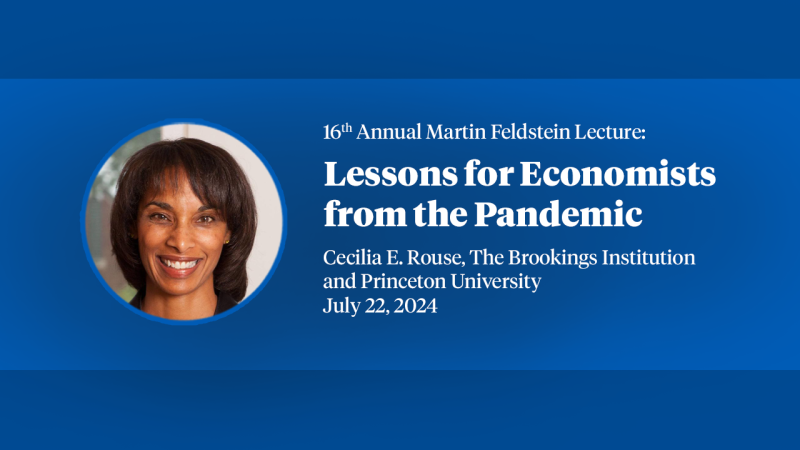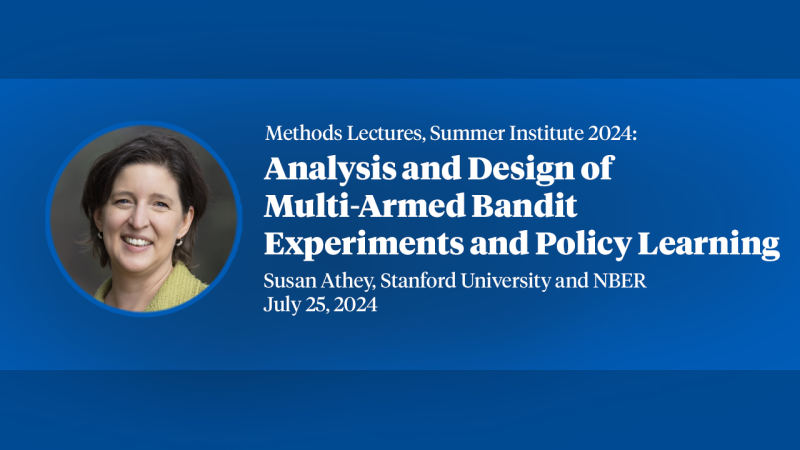How Do Strategic Complementarity and Substitutability Shape Equilibrium Dynamics?
Working Paper 32661
DOI 10.3386/w32661
Issue Date
Macroeconomic dynamics are shaped by how individual incentives to spend and accumulate interact with the decisions of others. The goal of this paper is to identify—within a simple large-game-theoretic structure—which types of agent interactions favor which types of dynamic equilibrium outcomes. In particular, we extend the static analysis of Cooper and John 1988 to a dynamic setting to clarify the role of strategic complementarity and substitutability in delivering dynamics such as monotonic convergence to a unique steady state, hysteresis, endogenous cycles, and indeterminacy.


